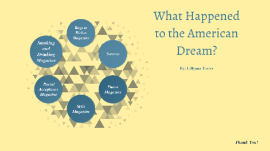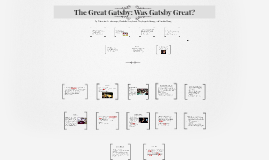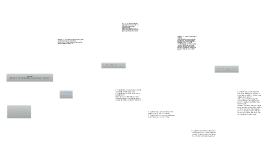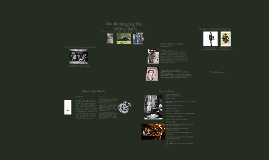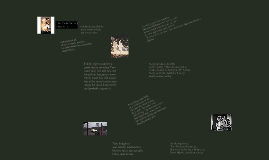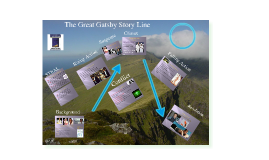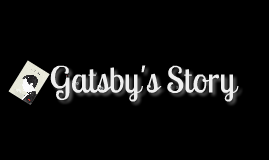8.01 Great Gatsby Powerpoint
Transcript: What Happened to the American Dream? Thank You! By: Lillyana Torres Phone Magazine This magazine cover is similar to The Great Gatsby because phones were presented to the world as a simple, crucial way to communicate with others from long distances. Wealthy, important people who needed to come in contact with others used their corded telephones to have short conversations. Similar to Gatsby Similar This magazine cover is different from Gatsby's time. We have evolved and became more resourceful. We now are concerned with the newest features of our hand held cell phones. We now use cell phones for much more than communication. We use cell phones as a way to complete our new vision of the American Dream. We use them to have many things at the touch of a button, 24/7. We can send and receive money, get food and drinks, and even see and hear people from thousands of miles. We have a freedom that was not granted in the 1920s. We have improved our technological abilities and continue to push our limits to do new and amazing things. Different from Gatsby Changed Style Magazine This magazine is similar to the style of that of Gatsby's time of the rich, fancy people. They dress up in their dresses and suits to go to parties or just through town. They women were defying everyone by wearing short, revealing dresses with lots of sequence and style. The men stayed in their fancy suit and ties which is similar to the way men dress up today. They used their style to show their confidence and complete their reputation. Similar to Gatsby Similar The magazine is different from Gatsby's American Dream having to do with how people now want to be presented. Women had gained the right to vote and were allowed freedoms equal to everyone else. These girls were called flappers and they used their bright makeup and fancy dresses to make express themselves. This image is different because in the 1920s women wore bright and exaggerated makeup, gloves, and head pieces to give them a sense of power and freedom. Their dresses were short and usually had straps to keep them up while they ran and danced. Different from Gatsby Changed Racial Acceptance Magazine This magazine is similar to Gatsby's American Dream because we have grown as a country to be more accepting. We had our first black President from 2009-2017 and women are starting to stand up for the presidency. This is similar to Gatsby because all races and genders are having an equal chance at freedom and hope for a greater future. The Great Gatsby describes how they were driving beside a limousine with "three modish Negroes" in it saying that anything can happen. This is referring to how everyone is gaining rights and all people are having an equal chance at having anything and being able to do as they please. Now days, people of all races, religions, and genders can live together and have a greater opportunity to reach their full potential. Similar to Gatsby Similar Different from Gatsby Changed This is different from Gatsby's American Dream because at the time people were used to white, males having all the money and power. At this point, anyone can be successful and have money or power. At this time the wealthy could also be viewed as the criminals, gangsters, and have mysterious backgrounds. But today, many everyday are being racially profiled and accused based on their race. There are many differences, but in some parts of the story it is worse when it changes from the rich, white man to a young, poor, black teen getting shot and killed. Smoking and Drinking Magazine These articles are similar to the American Dream in the Great Gatsby because many wanted to drink alcohol and smoke cigarettes. At the time it was not unusual to see people smoking and drinking, even with their desired products being illegal. In the 1920s people were living the American Dream by living every moment to the fullest, not caring about tomorrow, but partying, drinking, and smoking for fun. They had these events in the story that promoted people to come drinking at Gatsby's and he had what wasn't supposed to be allowed, but that relates today with the banned Juul product, but there are still people finding ways to get their hands on what they want. Similar to Gatsby Similar This magazine is different from Gatsby's American Dream because in the 1920s era there was prohibition and cigarettes were popular. The ban on alcohol is different from now because it is legal and along with that it is easy for adults to get. In Gatsby's time, his wealth and reputation allowed him to sneak through the cracks of the government to get away with these things. This time is different than Gatsby's also because there were only cigarettes being mass produced, but now there are many vapes available. With this, studies are coming out showing signs of addictive qualities to these products and their long term effects. But at the time the American Dream was to live and have no worries. Different from Gatsby Changed Rags to Riches






